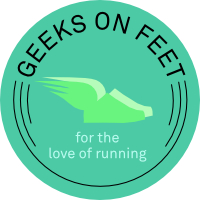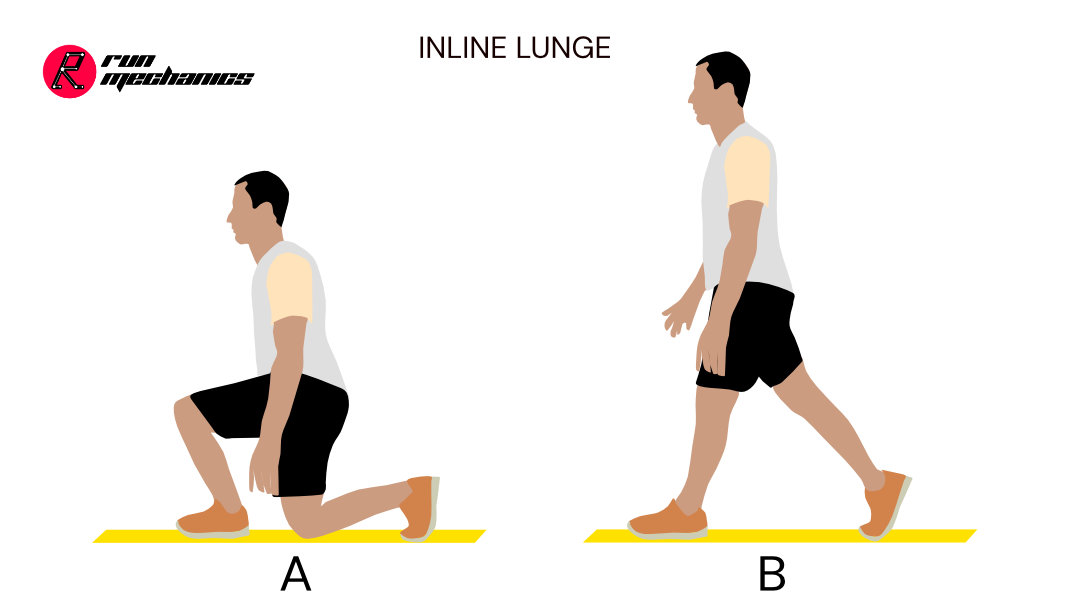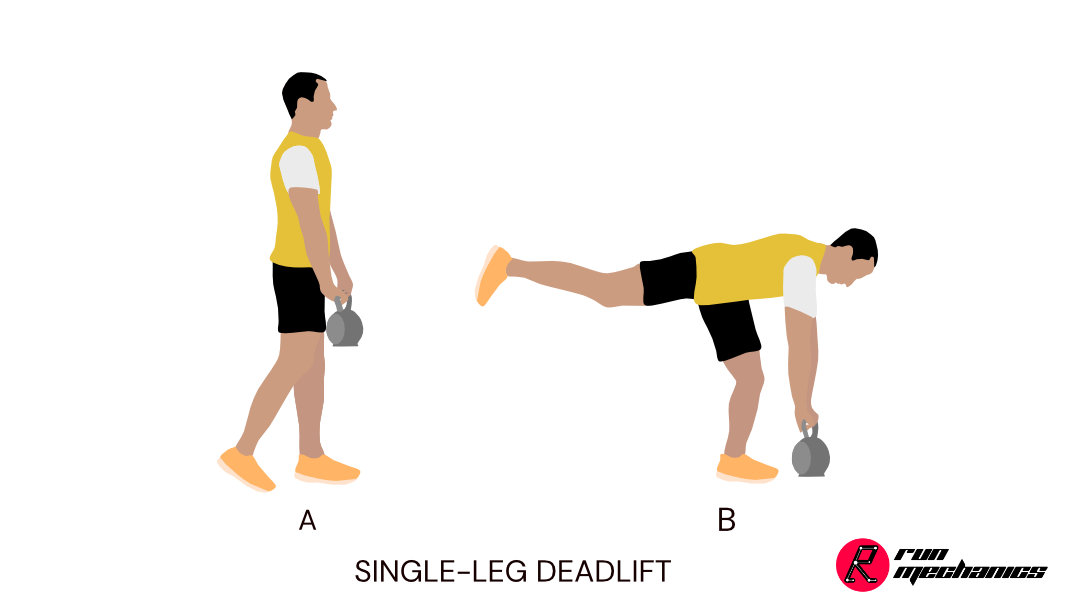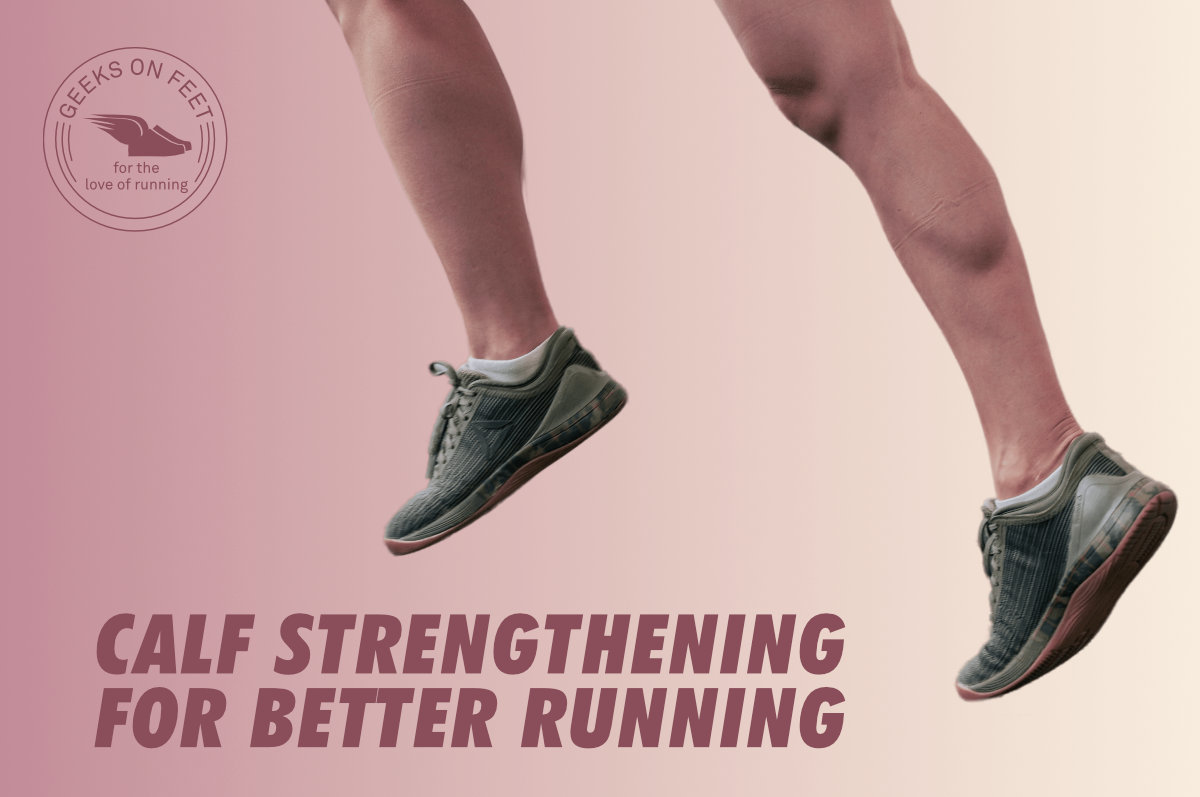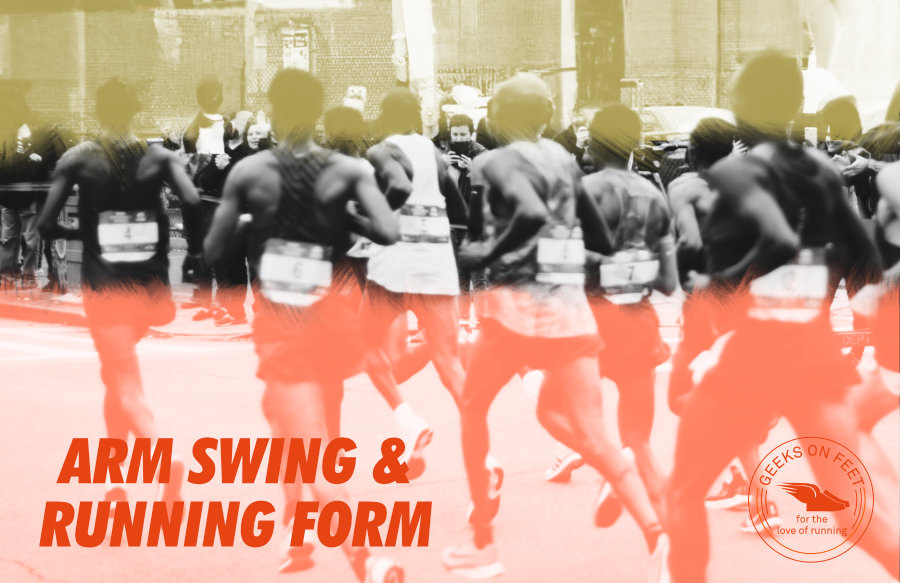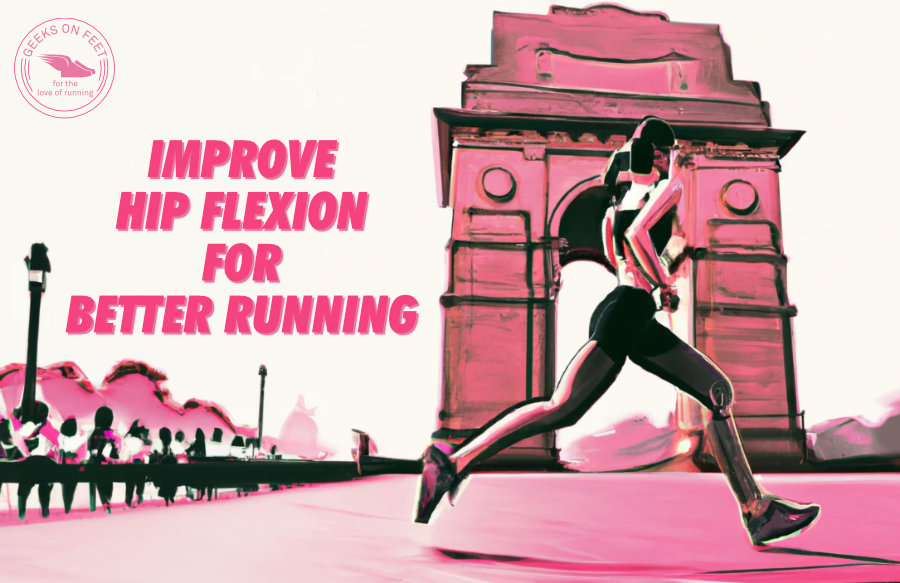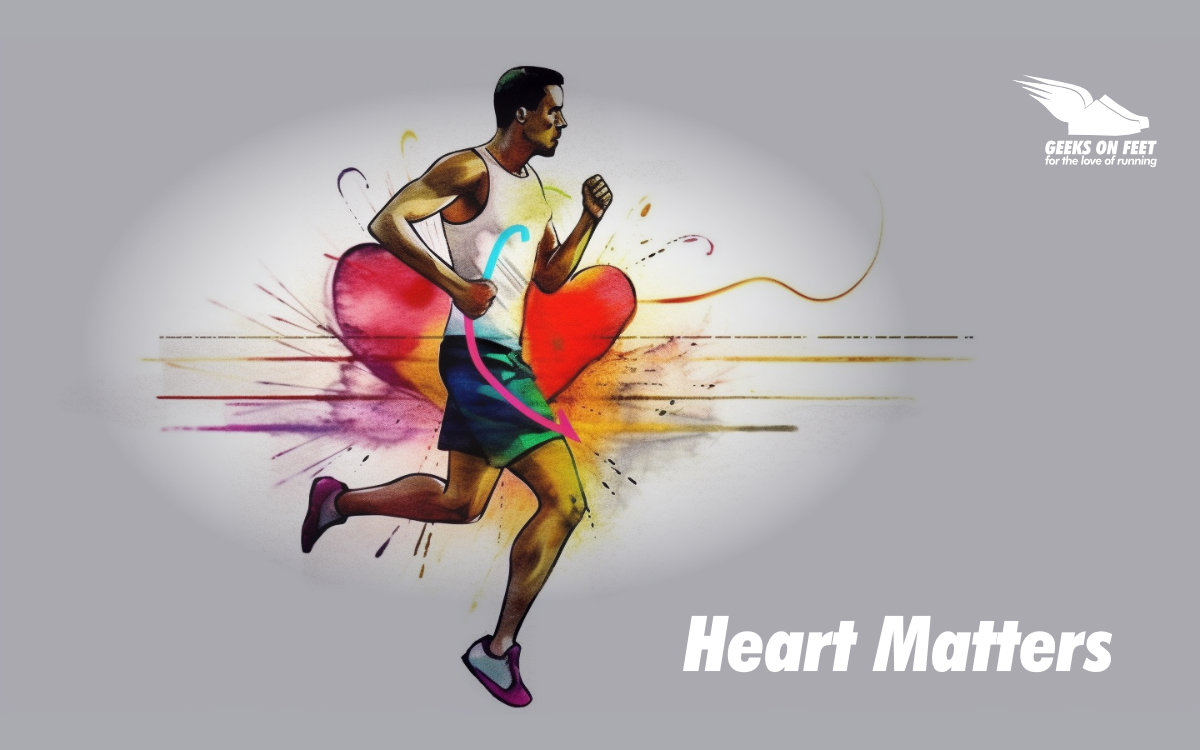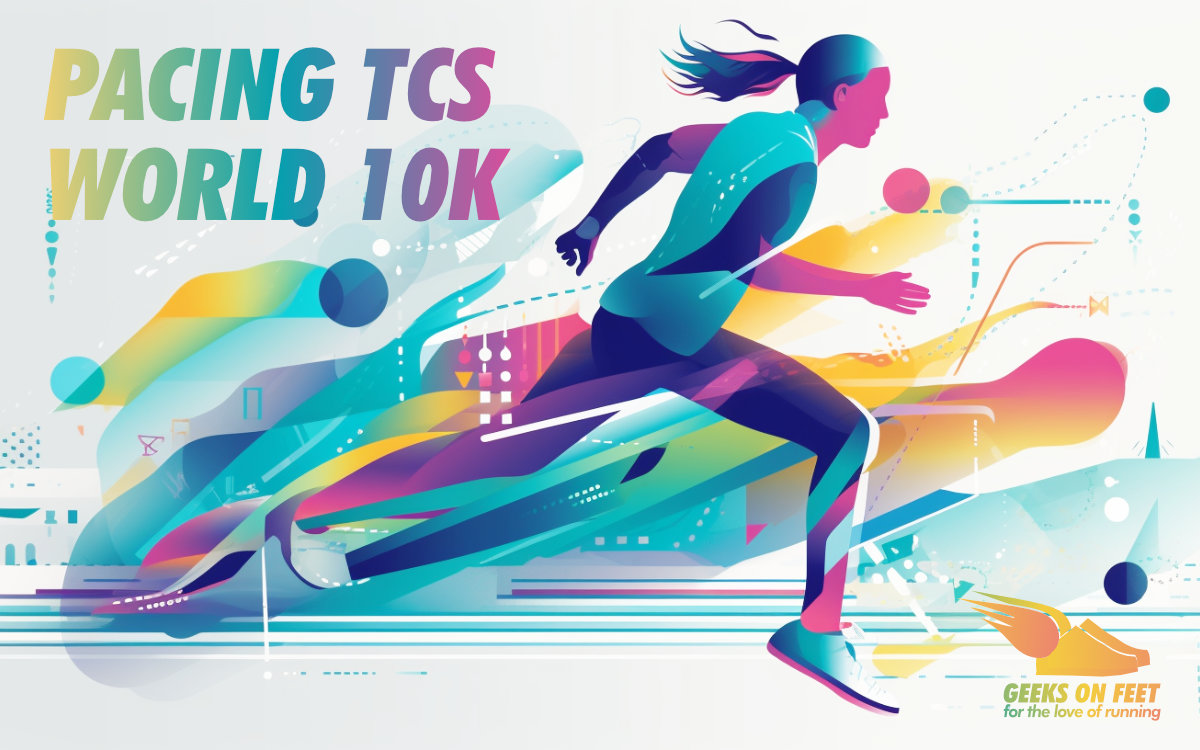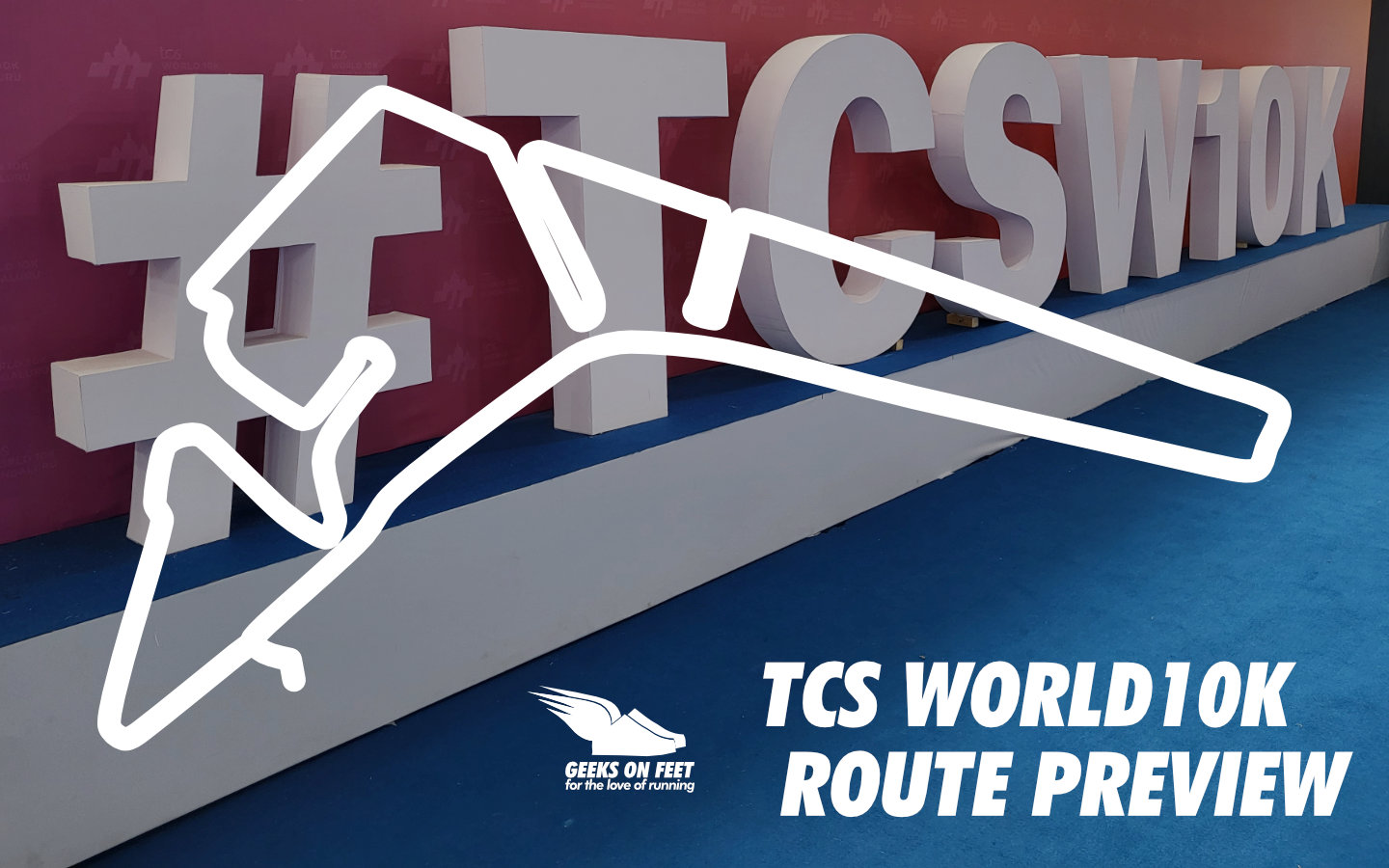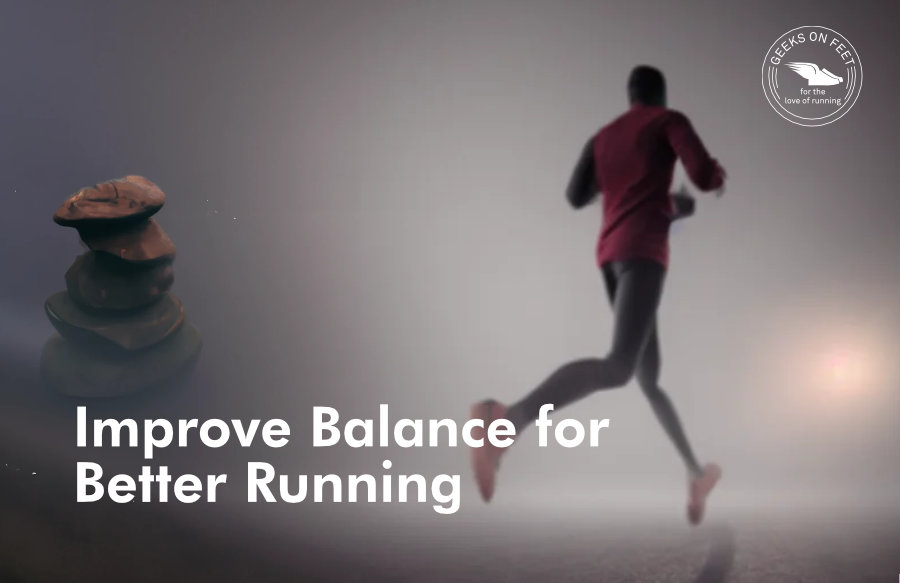
Running is a dynamic forward movement. Unlike walking, at any time there is only one foot on the ground. When we run, for each stride, we need to balance ourselves on one leg, and then stabilize through the various joints, before we take the next stride. While we do this we also experience 3-5 times the body weight. Having insufficient balance on single leg, and not being able to stabilize joints, are both recipes for injury, and have detrimental impact on performance.
Usually we do exercises in camp twice a week. The reason for this is to create a balance in the body, the more balanced we are, the better runners we are. pic.twitter.com/tx8bnjNcCP
— Eliud Kipchoge - EGH🇰🇪 (@EliudKipchoge) October 4, 2021
What does Balance mean in Running?
Balance in terms of running means the ability to keep the body’s center of mass within the limits of the base to support i.e., a single leg. Midstance in running is essentially single-leg standing balance.
Lack of balance leads to instability at the ankle, knee, and hip joints, and creates excessive shear forces, which are often the root cause of injuries for beginners. The prerequisite for running stability is to have a good balance. Let us take an example of what insufficient balance can do. In road running, if you step on an irregular patch, loose gravel, or a pot-hole, it can throw you off-balance and can cause a fall or a joint strain. Runners with good balance can stabilize themselves instantly and can continue running. While this is an extreme example, nevertheless conveys the importance of balance.
In this article, we focus on Balance, which is the key underpinning of stability during the running stride.
Learning the ability to Balance
We use different senses to balance ourselves, collectively known as Proprioception. Some of these key senses that help us to balance while running are :
- Our foot contact with the ground (Somatosensory system)
- The fluid in our inner ear (Vestibular system)
- What we see around us (Our vision)
While running, we use all of these senses both autonomously and voluntarily and connect them to our muscles to create balance. Hence, good balancing ability requires a strong mind-muscle connection also known as Neuromuscular control.
Testing your balance
80% of the runners who visit us at RunMechanics lack the ability to balance well. One of the very basic tests that we do is the single-leg balance test. In this test, we switch off one of the senses, which is vision. You can test your balance right now, using the instructions below.
- Stand on one foot on level ground, and steady yourself
- Fold your hands, while continuing to balance
- Finally, close your eyes while maintaining balance.
After step 3, one should be able to maintain the balance for at least 10 seconds. The longer you can maintain the better it is.
The video version of the instructions are here
Improving your balance
The first step in improving balance is to improve proprioception. Running barefoot is one of the best ways to work on the somatosensory system. It is also one of the reasons to rotate shoes of different stack heights and heel-to-toe drops.
Yoga for Balance
Yoga poses are an another excellent way to improve proprioception and balance. Check out our earlier article Yoga to improve Balance and Proprioception for Runners!
Beyond this, there are several workouts that can help you to get better at single-leg balance with multiple levels of difficulty. Here are our three favorite workouts. All these workouts are featured in our “Workout of the Week” in our free weekly newsletter.
Single-Leg Balance Drills
Here are a couple of variations of Single Leg balancing drills to improve proprioception.
- Start by standing on a single leg with your eyes open.
- Ensure the leg which is in the air is flexed at the hip (and the knee is up)
- Ensure you are fully stable and balanced while your eyes are open
Variation A - Resisted Flexion:
- Use the hand on the same side as the flexed hip to press it down hard, while you resist it. This ensures your core is engaged
- Finally, close your eyes, and maintain this position for 20-30s.
Variation B - Folded Arms:
- Fold your arms at your chest to ensure you are not using your arms to create balance
- Finally, close your eyes, and maintain this position for 20-30s
Inline Lunge
Inline lunge primarily works on improving pelvic stability, thereby allowing you to balance better while running. Lunge on a single line creates a small base and makes you work extra hard to balance yourself.
- Get in a straight line, on the floor or you can draw it with the help of tape.
- Get into a lunge position, while aligning the leading foot, the trailing knee, and the foot aligned in a straight line as shown in figure A (observe the yellow tape on the floor).
- Get your core and torso engaged so that you are stable in this position.
- Once you are stable, raise up while continuing to keep both feet in a straight line as shown in figure B.
- Repeat the lunge desired number of times. Once done, shift to the other side and repeat the same.
Single Leg Deadlift
Single-Leg Deadlift is a unilateral workout to improve the strength of the posterior chain (glutes, core, lower back, and hamstring muscles). Since it is a unilateral workout it is very effective in improving single-leg balance.
This workout requires a kettlebell or dumbbell, and follow the below steps:
- Start with standing in a neutral position. Hold the dumbbell/kettlebell with both hands with arms fully stretched.
- Position yourself to stand on one leg, while the other leg is slightly folded and is in the air. Keep the knee of the standing leg soft for better balance. See figure A.
- Slowly push back and raise the leg in the air (with the standing leg acting as a hinge), while you bend forward at hips with weight. Press the tailbone back when raising the leg to keep the back flat.
- When the leg is raised, flex the toes upwards to keep the leg activated. Ensure the posterior chain is in a straight line as shown in figure B.
- Continue to descend slowly while simultaneously raising the rear leg. Adjust the knee bend as needed.
- Once you reach the lowest point/dead position (the weight you are holding touches the ground), slowly lift the weight and raise up to the starting position in figure A.
- Squeeze the glutes once you reach the starting position, and repeat the movement.
- Keep the neck neutral, this will help in not hunching the shoulders. Let your gaze follow the movement.
Apart from these, In general, most unilateral workouts will help to improve your balance. _You can subscribe to our Weekly Newsletter for weekly running-specific workouts that help you become a better runner. _
Use of Bosu ball, balancing board etc., challenges your propriception and helps you get much better at balancing. Here are a few of our picks from amazon.in (affiliate links).
Courtesy: Team Run Mechanics. This article was first published on runmechanics.in
If you are a running enthusiast, follow us on our social media channels @geeksonfeet on Twitter, and GeeksOnFeet on Instagram and Facebook for updates. Also let us know what running topics you would like to read on.
